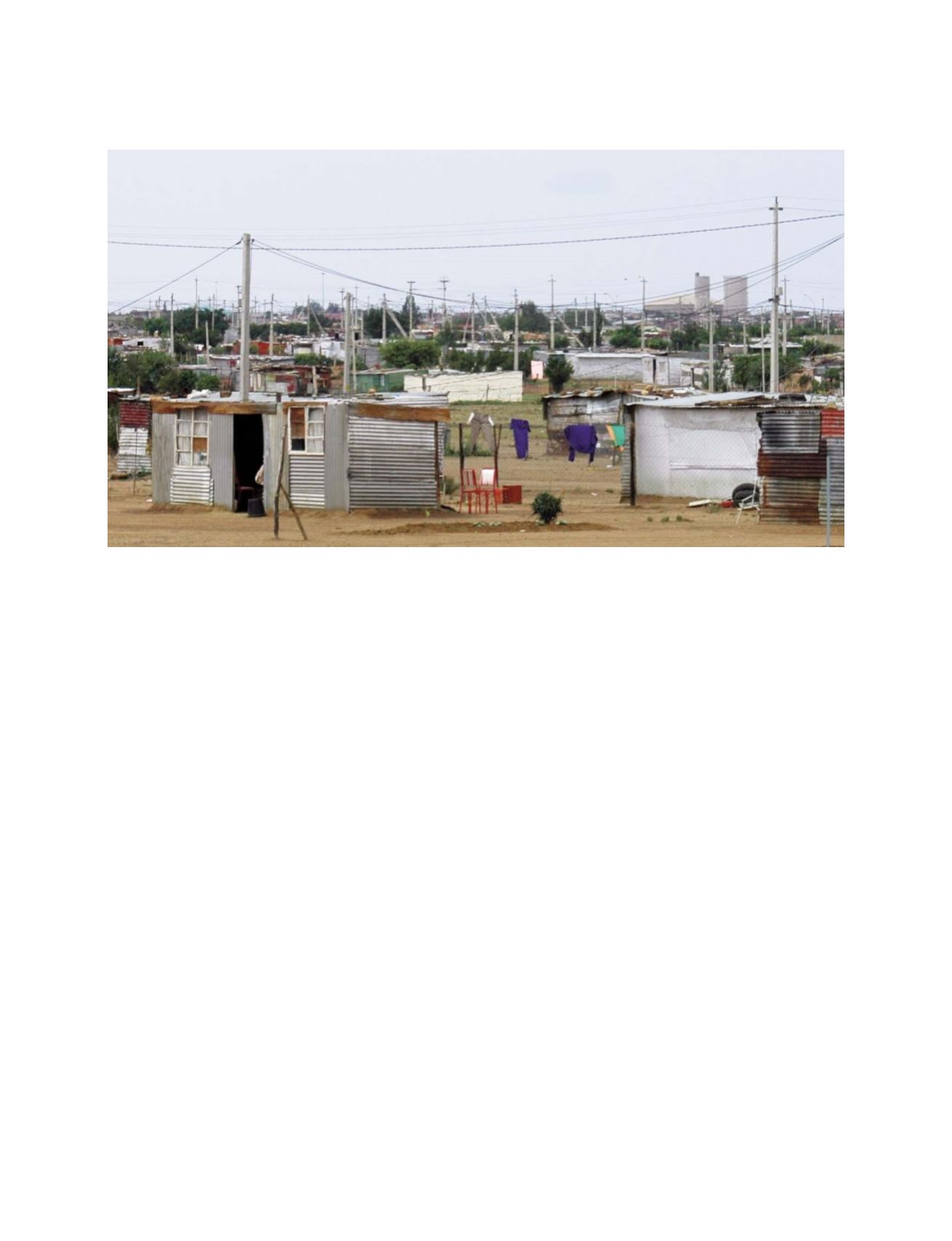

[
] 273
SAEON developed an online information management system with
spatial analytical capability. Users are able to obtain and integrate
data from a variety of data providers via the SAEON data portal. The
data policy determines that SAEON data is by default publicly acces-
sible and therefore available through GEOSS. The system
accommodates external data for which the data provider determines
the conditions for access, ranging from immediate full and open
access to a legacy upon retirement or death. Non-SAEON data
holders may also provide access to individuals of their choice. At its
base, the policy aims to gradually overcome the pervasive resistance
to data sharing in the research community.
The information system is largely based on open-source software
allowing for continuous upgrading and interoperability. This strat-
egy is particular to South Africa’s developing economy status,
wherein the cost of electronic capability is often prohibitive.
Bandwidth for the transfer of bulk research data also remains a limit-
ing factor, but is presently being addressed by the Department of
Science and Technology.
Developing human capacity for Earth observation
South Africa’s science system is seriously deficient in human capac-
ity. SAEON engages with scientific capacity building at two levels,
namely secondary (grades 9 to 11) and tertiary education, to form a
pipeline that delivers potential future Earth observation scientists. An
education-outreach programme focuses on providing support for
science teachers through training workshops and interaction with
research scientists. Science awareness is also advanced by staging
annual science events. SAEON-designed environmental monitoring
projects support the official education curriculum and are performed
by schools under the guidance of SAEON nodes. Meritorious learn-
ers are annually engaged in a winter school where they enjoy
interactive science education.
At university level, a graduate student network was
launched in 2006 for research students active in the
SAEON domain, some of whom work at SAEON nodes.
A website connects students working in different parts
of the region so that they can share data, knowledge and
opinions. There is also an annual winter school for
students to present their work, to debate research issues,
to interact with experts in the field and to be exposed to
disciplines other than their own. Those young Earth
observation scientists appreciate integrative Earth
observation science and are poised to take SAEON
forward.
Strategic considerations
ELTOSA and SAEON enjoy government endorsement
and are considered critical and strategic elements of
GEOSS. Without them, large volumes of Earth observa-
tion data will be lost and local observation systems will
continue to be fragmented and inaccessible, and thus
converse to the democratic principle of data and infor-
mation accessibility. Likewise, GEOSS enables the
repatriation of data from international sources to
national networks.
Due to their Southern African location, on a conti-
nent challenged by human and infrastructural capacity,
these networks require continuous support through
funding, training and research equipment. International
workers on location, and through GEOSS, make impor-
tant contributions to the data and information base.
However, indigenous capacity must be nurtured if polit-
ically legitimate and contextual knowledge-based advice
is to benefit national governments.
Settlement poverty
Photo: JC Pauw
S
OCIETAL
B
ENEFIT
A
REAS
– B
IODIVERSITY
















